- Joined
- Aug 15, 2000
- Messages
- 19,235
Interestingly Storm the corner size makes much less difference that you expect. Even the current spread measure (with out corners) is a far better indication of spread than the blunt and useless total depth %.
A 1ct perfectly square stone with corners looses 0.05ct with 16% corners (my preference) and this stone has 5% less spread than a stone with no corners (-5%).
This one shown at 25% corners has shrunk to 0.875cts. Personally I would think this would look terrible – but you say you like huge 22% to 26% - and you are welcome to your opinion. But it does not look much like an asscher to me.
Date: 12/10/2006 4:21:33 PM
Author: strmrdr
The current numbers take none of that into account and cant as far as the PS database goes because the info isnt there.
Garry said above that they are bad numbers and he was going to fix it by assuming 18 degree corners.
18 degree corners are just getting into the good zone and are done for weight retention, do we really want to encourage them?
I prefere 22-26 myself.
BTW it is % not degrees – degrees refers to the angle of the corners, and is usually 45 degrees. And the percentage is worked out on the industry standard of the stone width divided into the horizontal width of one corner. So if you cut 50% corners off then the stone becomes a square with no corners again.
So Kenny, what that means is that your stone has 20% corners (my calculated estimate – and about as big as I would go) and has a -21% spread or top down surface area (face up size) as calculated by DiamCalc in comparison to a Tolkowsky round diamond. Now if your stone had no corners at all it would have had a – 16% spread and would weigh 2.44ct.
So Storm can you see that this is not a huge difference?
The corner size is not such a big issue and people can use the current Pricescope guideline spread data as part of their overall decision making process, because as we all know, SIZE COUNTS too.
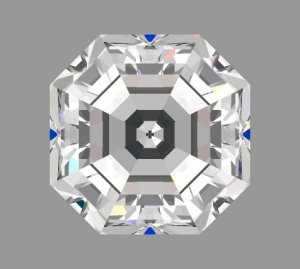

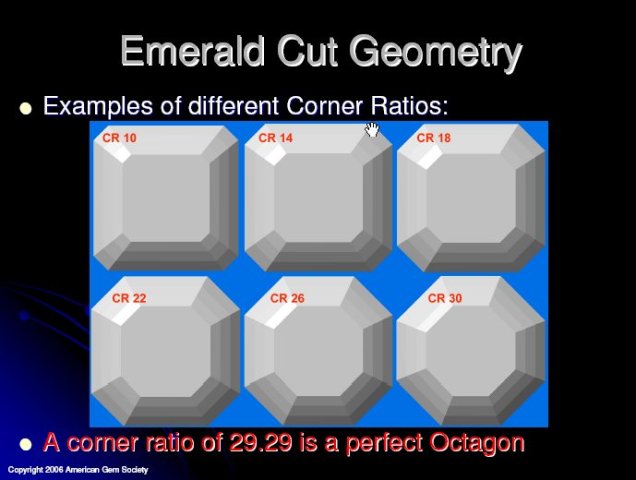
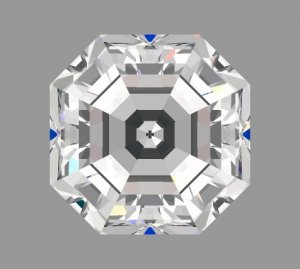

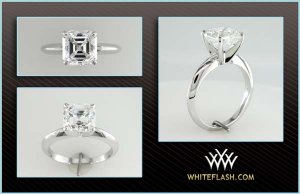

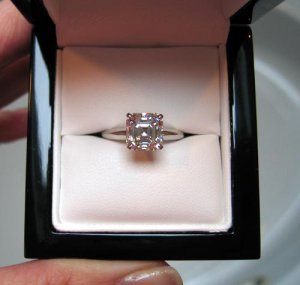
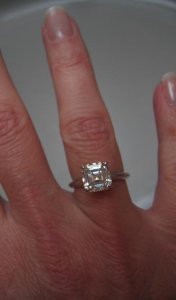
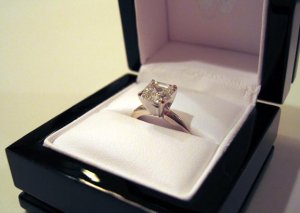



300x240.png)